The dinner plate-sized mushroom encircles its host tree like a bloated tumor. I’m about to snap a photo of the beast when something flickers in the corner of my eye. Faint, smoky wisps give off the impression of smoldering coals. At this very instant, the fungus is releasing billions of microscopic spores.
I feel as though I’m witnessing one of nature’s secret acts, something an urbanite like me was only supposed to see on National Geographic. With a lush green canopy overhead, the hum of insects and warbles of tropical birds filling my ears, the moment would be Avatar-worthy, save one jarring detail: The air reeks of petroleum.
That’s because I’m standing over a patch of blackened, crude-soaked ground. I’m here in the Sucumbíos province of northeast Ecuador with Donald Moncayo, a community organizer with the Amazon Defense Coalition. This spot, Moncayo says, holds a special significance. It’s the first in a series of nearly a thousand toxic waste pits that litter this remote part of the Ecuadorian Amazon, festering like open sores under the fierce equatorial sun.
“All the pools are in direct contact with the water and the soil,” said Moncayo, who has been taking visitors on his so-called ‘toxic tours’ since the early 2000s. “There are no membranes, no barriers, nothing. All of this was intentional.”
These toxic waste pools-locals call them ‘piscinas’-are the legacy of Texaco’s twenty six-year stint extracting oil from Sucumbíos. (Texaco has since become a subsidiary of Chevron.) The spills have been poisoning the soil, water, vegetation and people of the region for over twenty years.

Credit: Amazon Mycorenewal Project
Not ten meters away, one of the most amazing mushrooms I’d ever laid eyes on-and, after years as a microbial ecologist, I’ve seen my fair share-is breathing new life into the forest. To me there’s something serendipitous about this, because I’ve traveled to Sucumbíos to meet a group of scientists and activists who hold the radical notion that fungi are the key to empowering the victims of a horrific environmental disaster to clean up their land.
“Oil companies don’t teach people the solutions to their problems, because that would be an admission of their own wrongdoing.” Lexie Gropper, the program coordinator for the Sucumbíos Alliance of Bioremediation and Sustainability (ABSS), told me. “They prefer people who lack the power to make a change.”
But Gropper believes that change is coming. In less than a year, the exuberant, Spanish-speaking 24-year-old from Atlanta, Georgia has rolled together enough local and international resources to lay the groundwork for an organization dedicated to improving the health of humans and the soiled Amazonian environment through fungi. A collaboration between the US-nonprofit the Amazon Mycorenewal Project, and the Instituto Superior Tecnológico Crecermas (ISTEC), Sucumbíos’s only higher education institute, ABSS aspires, over the coming years, to transform a humble agricultural university into Ecuador’s primary hub for mushroom cultivation, distribution, and education.

The project’s aim? Nothing short of cleaning up the one of the world’s largest oil disasters -using giant, petroleum-gobbling fungi.
Credit: Amazon Mycorenewal Project
There are an estimated 1.5 to 5 million species of fungi: Yeasts and molds along with mushroom-producing macrofungi. It’s a clan of bizarre creatures that spend most of their lives unseen, sweating out a plethora of digestive enzymes that decompose the dead and recycle elements for the living. Some fungi use threadlike mycelia to worm their way into the soil’s smallest cracks and crevices, unlocking nutrients which they trade plants for carbon. When crusading mycologist Paul Stamets waxes poetic about fungi, he calls them “the neurological network of nature,” for their ability to knit together the lives of plants, animals, and the Earth itself. He’s right.
When it comes to mopping up our nastiest environmental messes, fungi may be one of the best hopes we’ve got. Certain species, including the oyster mushroom, produce enzymes that break down the tough, aromatic hydrocarbons found in petroleum, in addition to soaking up heavy metals like mercury. Deep in the Amazon, scientists uncovered a fungus that eats polyurethane plastic. Stamets, meanwhile, is involved in an effort to clean up the nuclear wasteland around Japan’s Fukushima reactor using radiation-loving mushrooms. And these are just the highlights; most experts will agree that we’ve barely scratched the surface of Kingdom Fungi’s potential.
“At this point, there’s simply no concept of how many fungal remediators are out there,” said Tradd Cotter, whose South Carolina-based company, Mushroom Mountain, is positioned to become the world’s largest hub for mycoremediation-the process of using fungi to clean up the environment. “All fungi can exude extracellular metabolites.” (Those are the enzymes, antibiotics, and other biological factors that actually do the remediation.) “When you consider 1.5 million fungi on the planet, all you can say is there are an unlimited number of possibilities.”

And there few places on Earth that match Sucumbíos’s desperate need for environmental remediation. According to Amazon Watch, from 1964 to 1990, the oil company Texaco (now Chevron) drilled 350 petroleum wells across a massive swath of previously untouched wilderness, all the while dumping some 18 billion gallons of toxic formation waters (a byproduct of oil extraction) directly into rivers and streams that the region’s tens of thousands of indigenous Ecuadorians depended on for drinking, cooking, bathing, and fishing. When Texaco left in 1992, it poured the rest of its waste-crude and toxic sludge-into the unlined death pits I found myself wading through.
Credit: Lexie Gropper
If people outside of South America know anything about northeastern Ecuador’s politics, it’s likely of the multibillion-dollar class action lawsuit that ensued after Chevron proclaimed it would not compensate the local victims exposed to the toxic blight, and would instead ” fight until hell freezes over.”
For over two decades, the oil giant has done just that, spending billions of dollars on thousands of lawyers to deny and delay legal proceedings. When I contacted Chevron for comment, a company spokesperson denied the existence of the toxic waste pits, claiming they were part of a “decade long disinformation campaign in support of judicial fraud in Ecuador by plaintiff’s lawyers trying to extort money from Chevron.”
This stance speaks to Chevron’s recent counteroffensive in the legal battle, the basis of which is to paint the plaintiffs-30,000 homesteading farmers and tribespeople-as a group of scheming mafiosos.
“Chevron’s strategy has been total-scorched-Earth,” Kevin Koenig of Amazon Watch told me. “They subpoena people, they drag them into court, they scare the living shit out of them. And they have all the time and money in the world.”
The same cannot be said for the thousands of men, women and children who, every day, are forced to drink water fit for a hazardous waste facility. These include the family of Marlene Cabrera, who lives next to an oil well outside the sprawling oil-boomtown of Lago Agrio. When we visited, Cabrera recalled how she never used to salt her food, because the river water she cooked with was brackish from toxic waste. Her sixteen-year-old son has been ill with a rare disease, which doctors believe is related to oil contamination, since he was nine. She has seen several family members, with no history of drinking or smoking to excess, die young of cancer. Countless families throughout the province echo her story.
As the beleaguered legal battle moves into its twenty-second year, indigenous communities, aided by a handful of dedicated international groups, have begun taking matters into their own hands. The most prominent example is ClearWater, an organization whose mission is right in its name. In 2011, co-founder Mitch Anderson organized a team comprised of men and women from the region’s five indigenous tribes. Thanks to a major grant from Trudie Styler’s Rainforest Fund and other celebrity contributions, ClearWater has furnished over a thousand indigenous families with sophisticated rainwater catchment systems that remove bacteria while soaking up heavy metals and petroleum hydrocarbons.

“ClearWater is about provisioning the basic necessities of life to the people who have called these forests home for thousands of years,” Anderson said when I called him from Quito.
Credit: Amazon Mycorenewal Project
Gropper, who assumed the project coordinator role for the Amazon Mycorenewal Project in early 2014, tells me how ClearWater’s grassroots, community-oriented vision has been a source of inspiration. Founded in 2007 by an international cohort of bioremediators, mycologists and environmental scientists, the Amazon Mycorenewal Project has, over the years, generated excitement by demonstrating the potential for fungi to detoxify the putrid soils and rivers of Sucumbíos. But until very recently, the organization lacked the local infrastructure needed to conduct long-term studies and create a lasting impact.
“As international volunteers, we come and we leave,” said Gropper. “We like to tell locals how they can fix their problems, without really thinking about their needs. But until we’ve shown that we can make this work for the people of Sucumbíos, we haven’t accomplished anything.”
Through its integration with ISTEC, Gropper believes the Amazon Mycorenewal Project is now positioned to build permanent ties with the local communities.
“Our alliance with an Ecuadorian agriculture institute provides so many opportunities to grow,” Gropper said. “It’s everything the Amazon Mycorenewal Project ever dreamed of.”
For its part, ISTEC has made it clear that their new, fungally-minded partners are a priority. The university has furnished the fledgling organization with on-campus housing, in addition to five laboratories to be used for soil and water testing, microbiology, mushroom cultivation, and eventually, large-scale spawn production. When I visited, international volunteers were hard at work converting the empty labs into sophisticated research facilities. They’re also teaching themselves mushroom cultivation techniques and conducting the first pilot studies that, eventually, will lead to a library of petrophilic fungi-those with a knack for growing on toxic waste.

When Norwegian volunteer Gudny Flatabø arranged a series of Petri dishes on the lab bench, several were an inky black, instead of the usual tawny hue. Mycelia-the branching, filamentous part of fungi that colonize vast surfaces-gobbled the contaminated agar, unperturbed by the toxicity of their food. Over time fungi that tolerate the spectrum of toxins found in petroleum waste-benzene, toluene, chromium and mercury, to name but a few-can be bred to handle higher and higher concentrations.
Credit: Amazon Mycorenewal Project
“You need to do this basic science first, prove that it works, prove why it works,” Cotter, who is also overseeing mycoremediation projects in Haiti and the Alberta tar sands, in addition to advising the Ecuadorian initiative, told me.
According to Cotter, there are a hundred things to test and tweak before a fungal remediator is ready for prime time, including physical properties like its tensile strength and ecological properties, including how the fungus interacts with and shapes the native microbial community.There’s also the matter of finding local remediators-fungi that grow naturally near the disaster site. Once their sterile cultivation facilities are ready, Gropper plans to isolate native fungi that already thrive in local contaminated sites.
“We want to figure out what the best local remediators are and what are the best conditions to grow them,” said Gropper. “Then we can scale up production, and create a spawn distribution system that’s sustainable long after volunteers are gone.”
Large-scale fungal remediation is a long-term goal, and Gropper is cognizant that locals will need strong incentives to buy in. She is hopeful that, through cultivation workshops and classes, her organization will get Ecuadorians excited about the myriad possibilities mushrooms offer.
“I think nutritional and medicinal aspects of mushrooms are what’s really going to get people interested,” Gropper told me.
The nutritious turkey tail mushroom, for instance, helps our immune system fight off cancer. The reishi mushroom, which grows naturally in Sucumbíos, has well-documented antibacterial properties.
“They’ve lived with the contamination for over forty years,” Gropper continued. “They’re not happy about it, but they’re used to it.”
That fact was sadly clear by the end of my toxic tour. In addition to visiting gaping waste pools and drilling sites, Moncayo brought us to see a “remediated” pit. Chevron claims that Texaco conducted a successful remediation of 162 pits in the mid-1990’s. Others call this cleanup a sham. It only took a few inches of digging in the blistering jungle heat for Moncayo, wearing white surgical gloves, to unearth a fistful of tar-colored mud. He dropped a chunk of the stuff in a water bottle, shook it up, and we looked on as oily crude floated to the surface, gleaming blue and orange in the sunlight.
Not far off, a cacao tree was laden with nearly-ripe pods. Moncayo pointed to it. “Cacao grown here, grown across contaminated sites, is taken to markets in Lago,” he said. “It’s mixed with cacao from all over Ecuador. It’s exported to the United States, Canada, Europe-everywhere.”
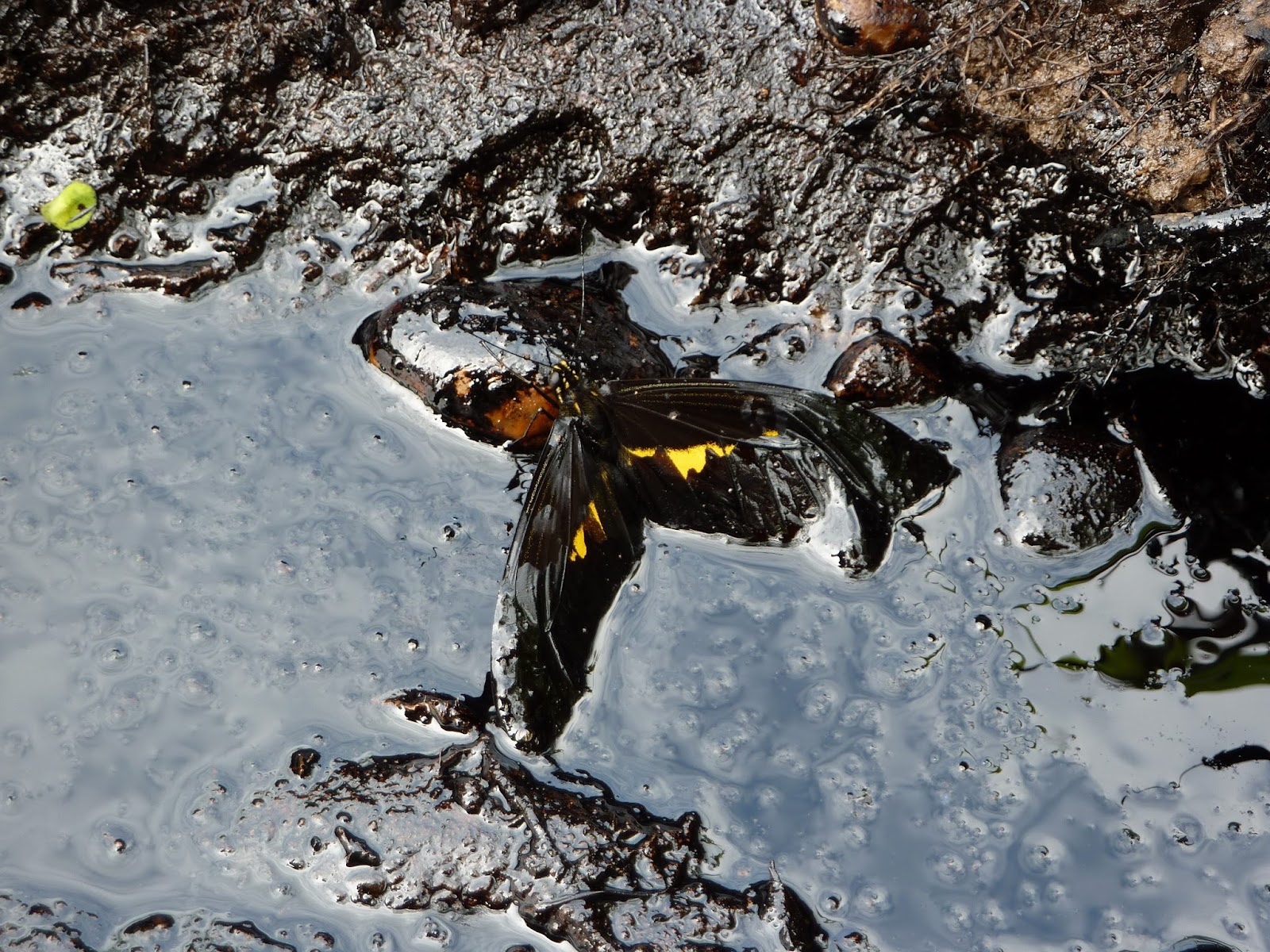
Also close by, two local men were laboring to dig a new well under the searing mid-afternoon sun. The well, Moncayo said, would probably be used for drinking water.
Credit: Amazon Mycorenewal Project
As I stood, dizzy from dehydration and petroleum fumes, next to the last toxic sludge pool of the day, Moncayo told me how everything I’d seen was but a drop in the bucket. “When we talk about thirty thousand people affected, we’re only talking about those right next door to a drill site,” he said. “When we consider those indirectly affected, we’re talking about the entire population of Brazil. That’s where this water goes.”
It’s an almost inconceivably vast problem. But the people I found living here haven’t given up on this land. Gropper, for one, sees mushroom cultivation taking off all over Sucumbíos and beyond, providing the Amazon and its people with a host of benefits. Just maybe, a myco-topia isn’t so crazy, after all.
“Justice isn’t something that the government has in its pocket or Chevron has in its bank account,” Anderson said. “It’s something that communities build.”
Koenig agrees. “What’s amazing about the grassroots efforts we’re now seeing is that they’re turning people who have always been victims into a force and a solution.”

The fungi, for their part, aren’t going anywhere. They’ll continue to creep and grow, dancing in and out of sight, threading hungry mycelia into the fetid soil. Earth’s decomposers will remain here, long after people have decided whether or not to forsake the poisoned land. Perhaps, with their help, we won’t have to.
Credit: Nicola Peel and Danny Neuman

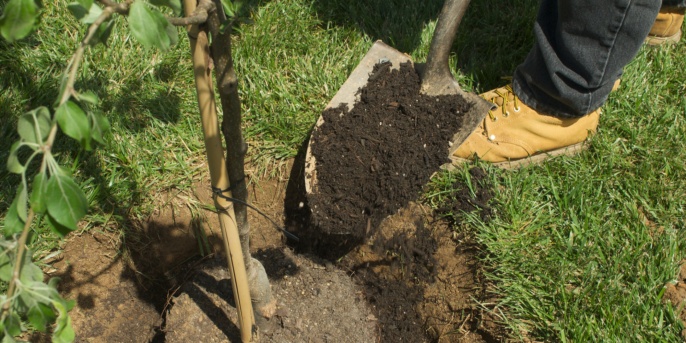




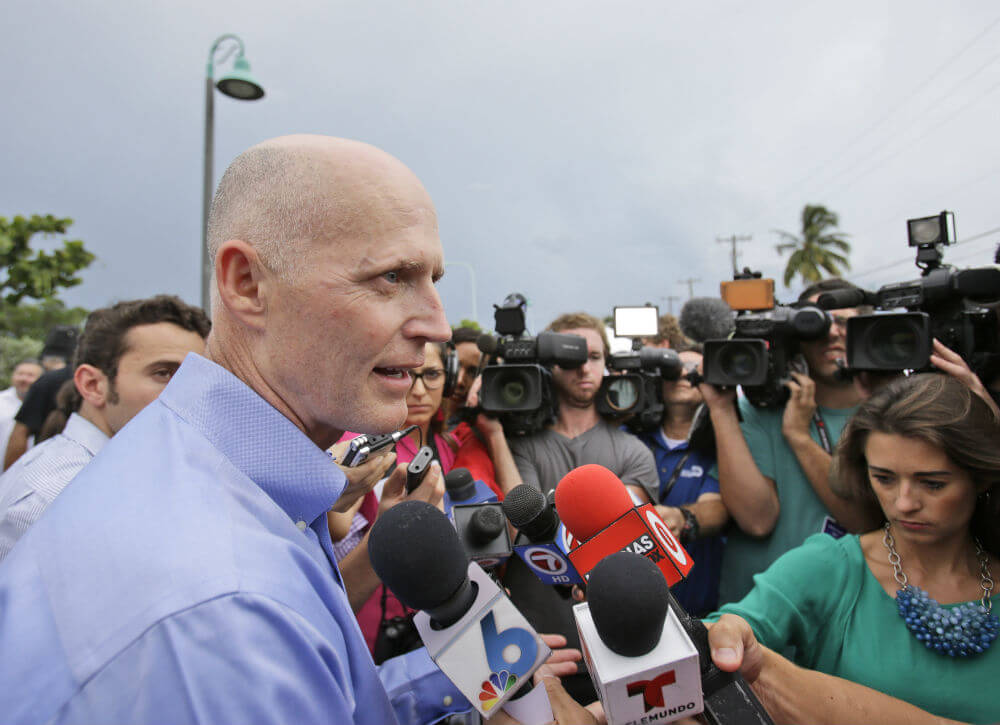


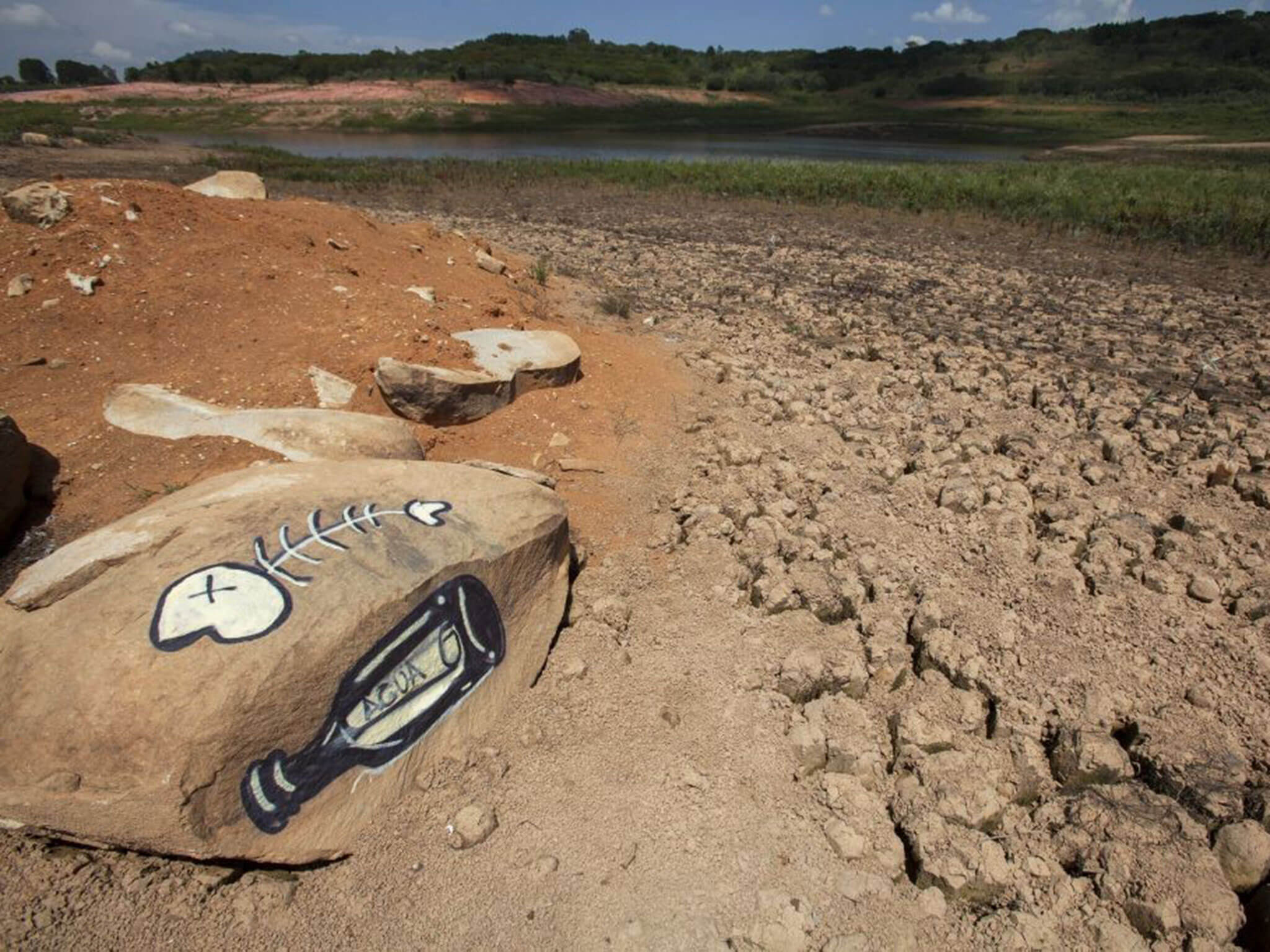
 Though there has been a recent uptick in rainfall in the region, it hasn’t been enough to boost supply in a country nominally the most water-rich in the world.
Though there has been a recent uptick in rainfall in the region, it hasn’t been enough to boost supply in a country nominally the most water-rich in the world. Professor Decio Semensatto from the Federal University of São Paulo has likened the current water situation to a “semi-desert”.
Professor Decio Semensatto from the Federal University of São Paulo has likened the current water situation to a “semi-desert”.




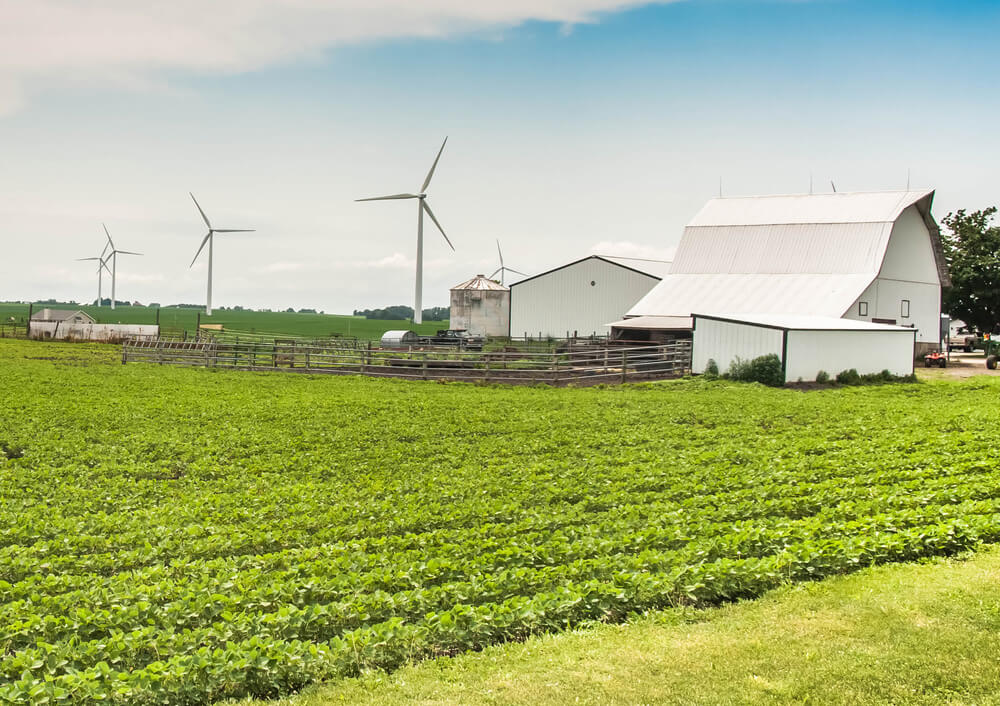










 Related:
Related: 



